#napoleon costume
Text


In 2002’s Napoléon, Isabella Rossellini’s Josephine wore a set of coral jewelry consisting of a necklace and earrings. Twenty years later, the necklace was reused in Diane de Poitiers (The King’s Favorite) on Gaia Girace as Catherine de Médicis.
Costume Credit: Lucia
Follow: Website | Twitter | Facebook | Pinterest | Instagram
229 notes
·
View notes
Text
As you know, I’m making myself a historically accurate regency attire.
You wouldn’t be a proper gentleman without a snuffbox. I actually need it, because the event I’m attending takes place a day before my main final exams and I need to put my pills somewhere.
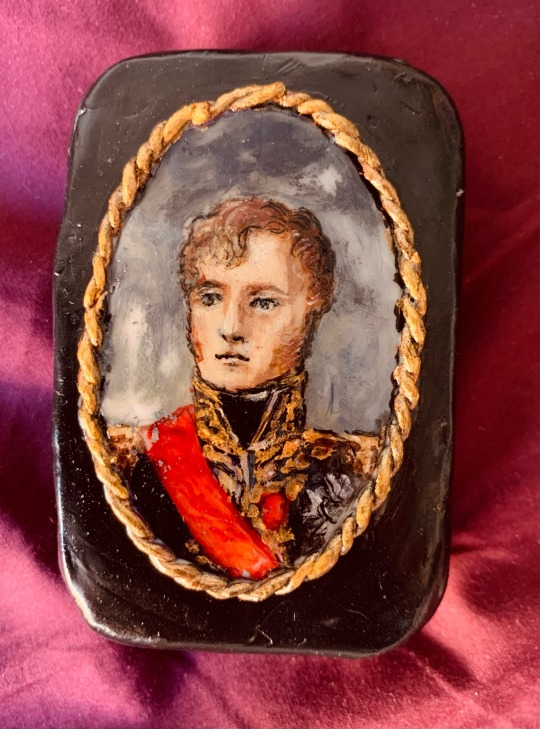
This was my inspiration because why couldn’t I make myself my dear assigned kin ginger marshal merch. Unfortunately I don’t have spare 18000€ to actually buy it.
It’s made of a tin box and polymer clay. The miniature itself is like my third ever attempt at painting with acrylic paint.
WIP under the cut.
The progress:
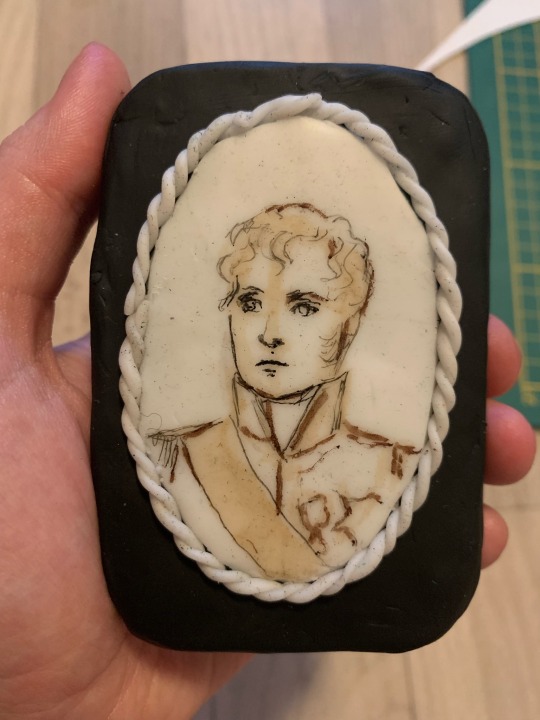

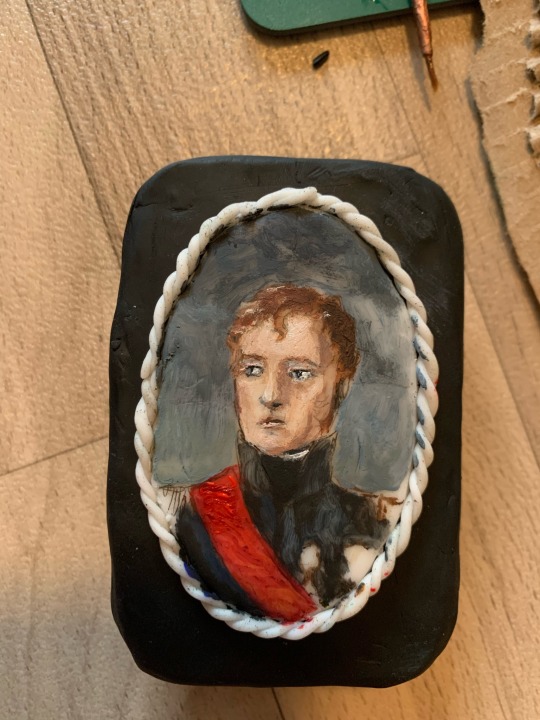
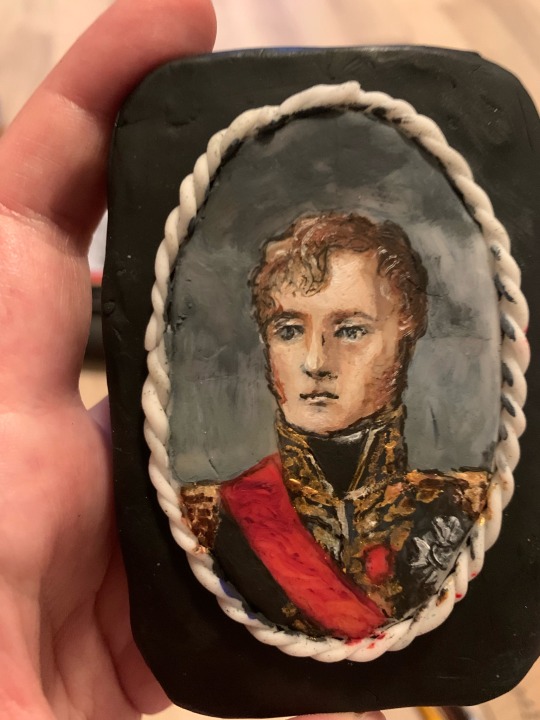
#napoleonic era#michel ney#marshal ney#my art#my costumes#traditional art#Napoleonic Wars#napoleon’s marshals#marshalate
53 notes
·
View notes
Text
It's the final week of the The Fashion Institute of Design & Merchandising (FIDM) - L.A.'s salute to movie costumes of the past year (and according to one docent, this is the last year period that FIDM will be hosting).
What was amongst their wares?
Barbenheimer of course!
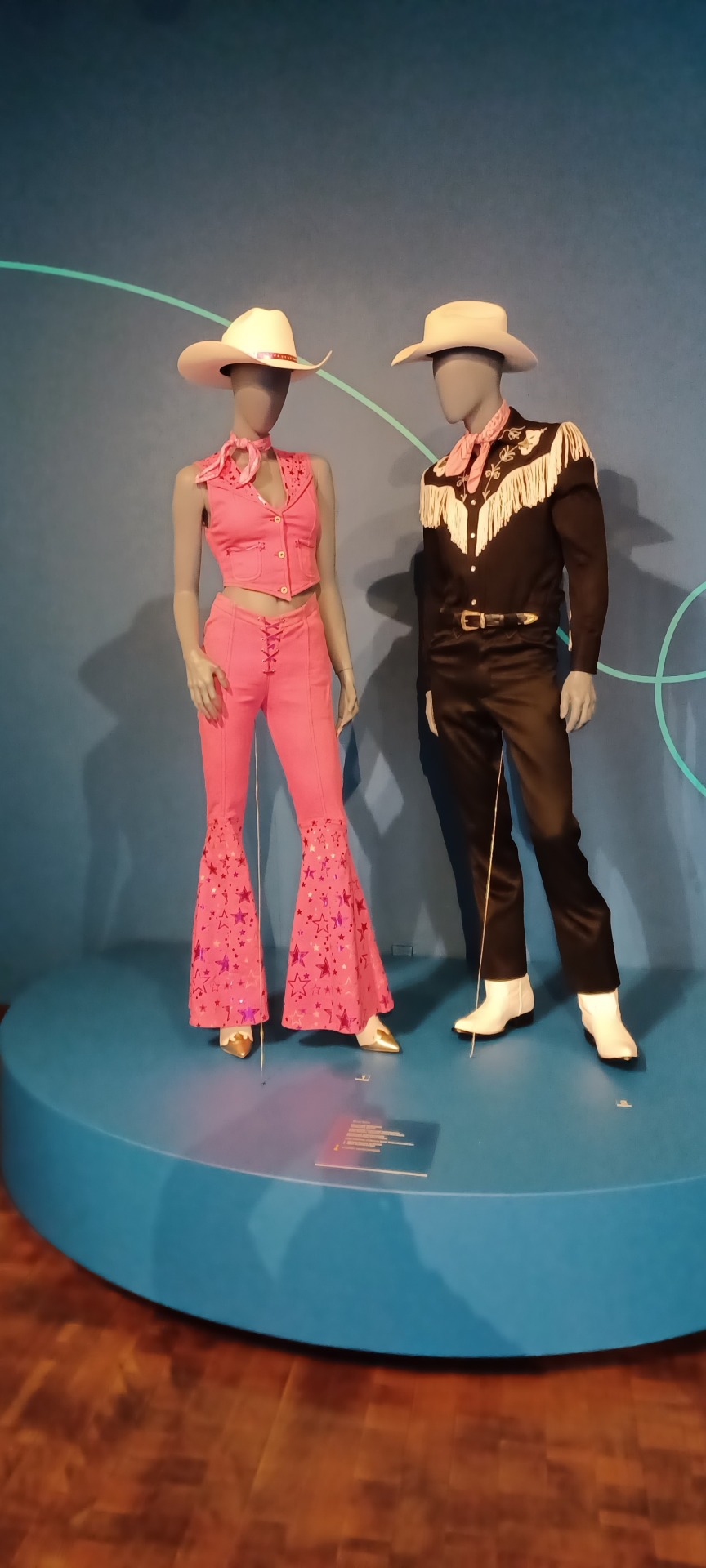


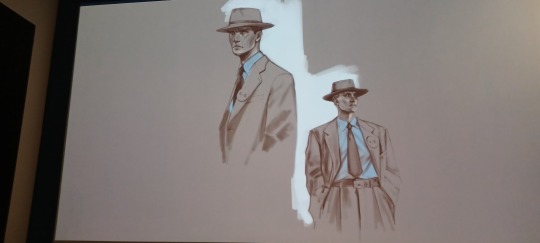
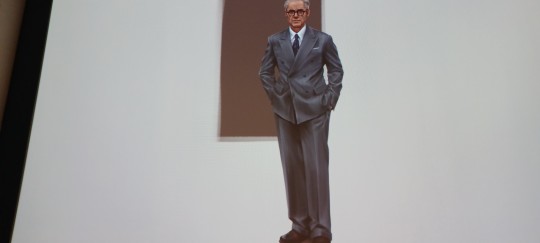
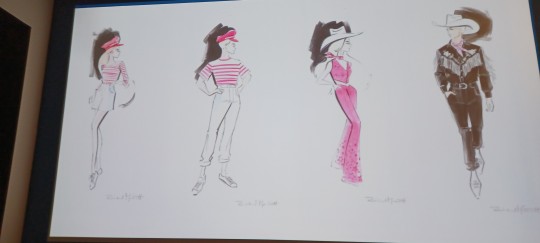



AND MORE
My #1 film of last year: SALTBURN
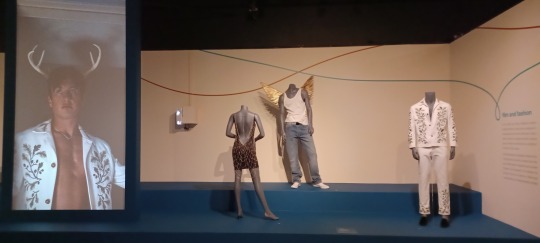



POOR THINGS




KILLERS OF THE FLOWER MOON

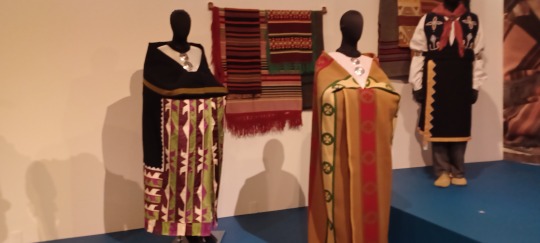
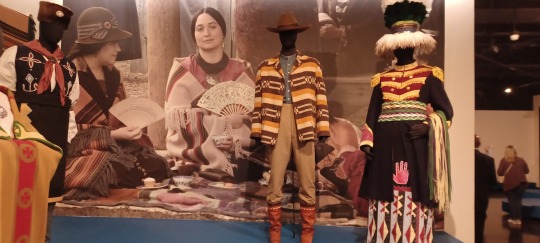
THE COLOR PURPLE

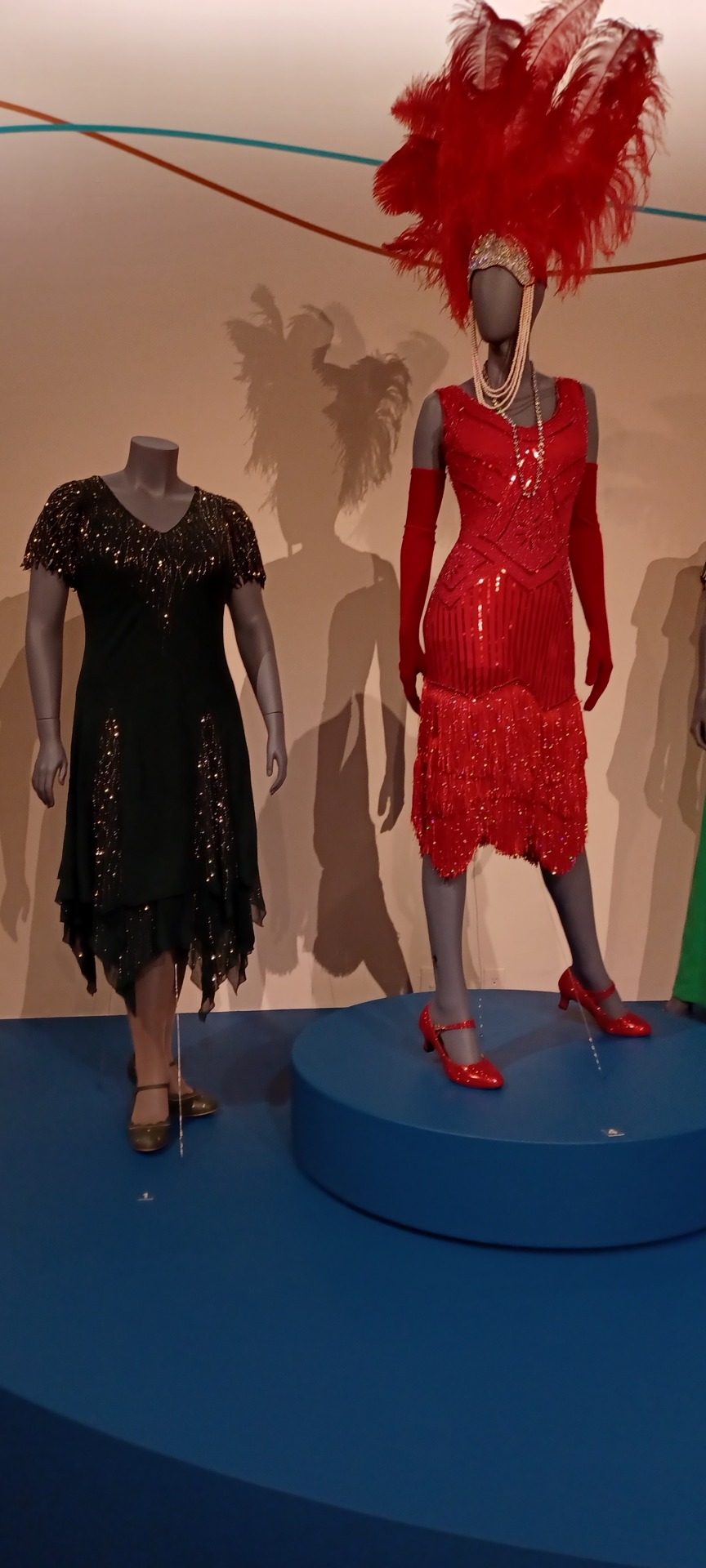
THE IRON CLAW

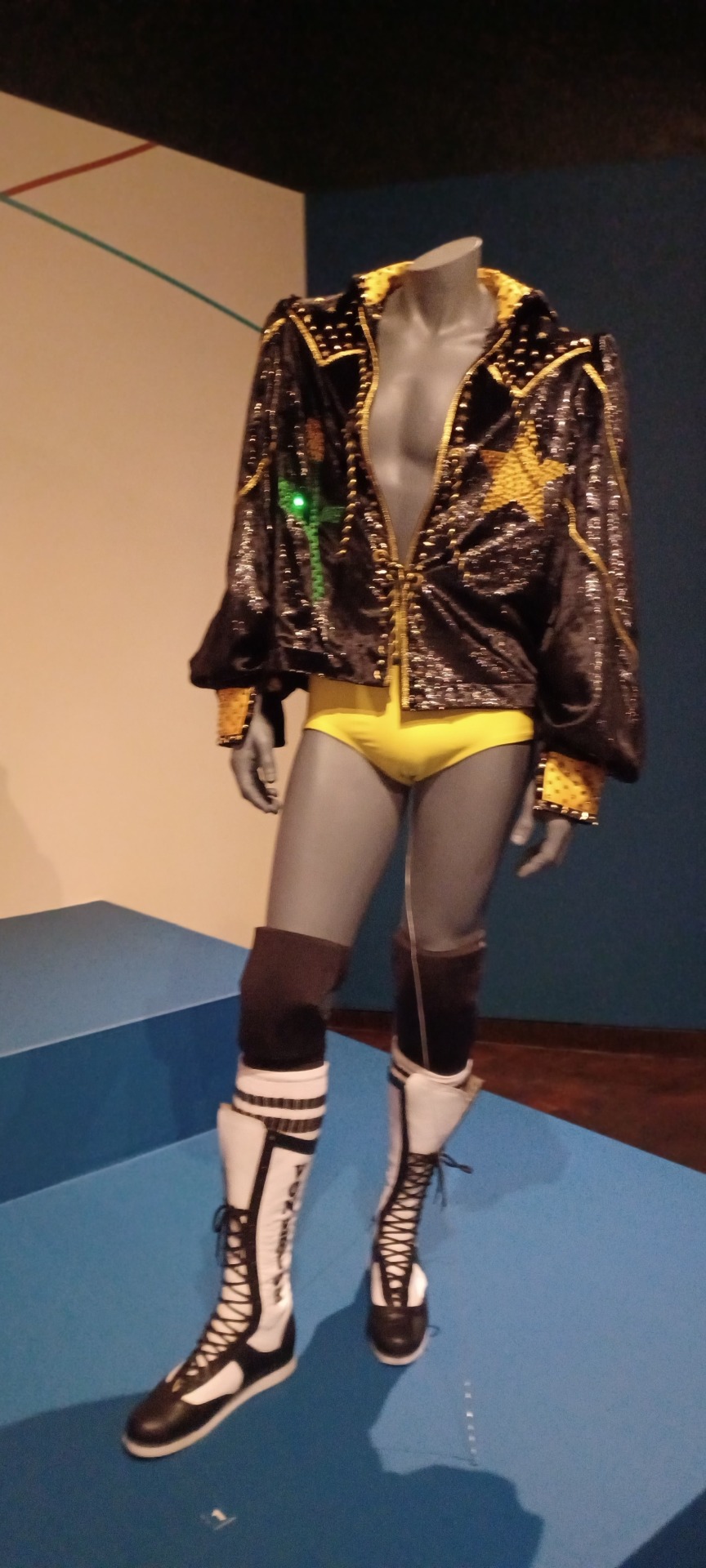

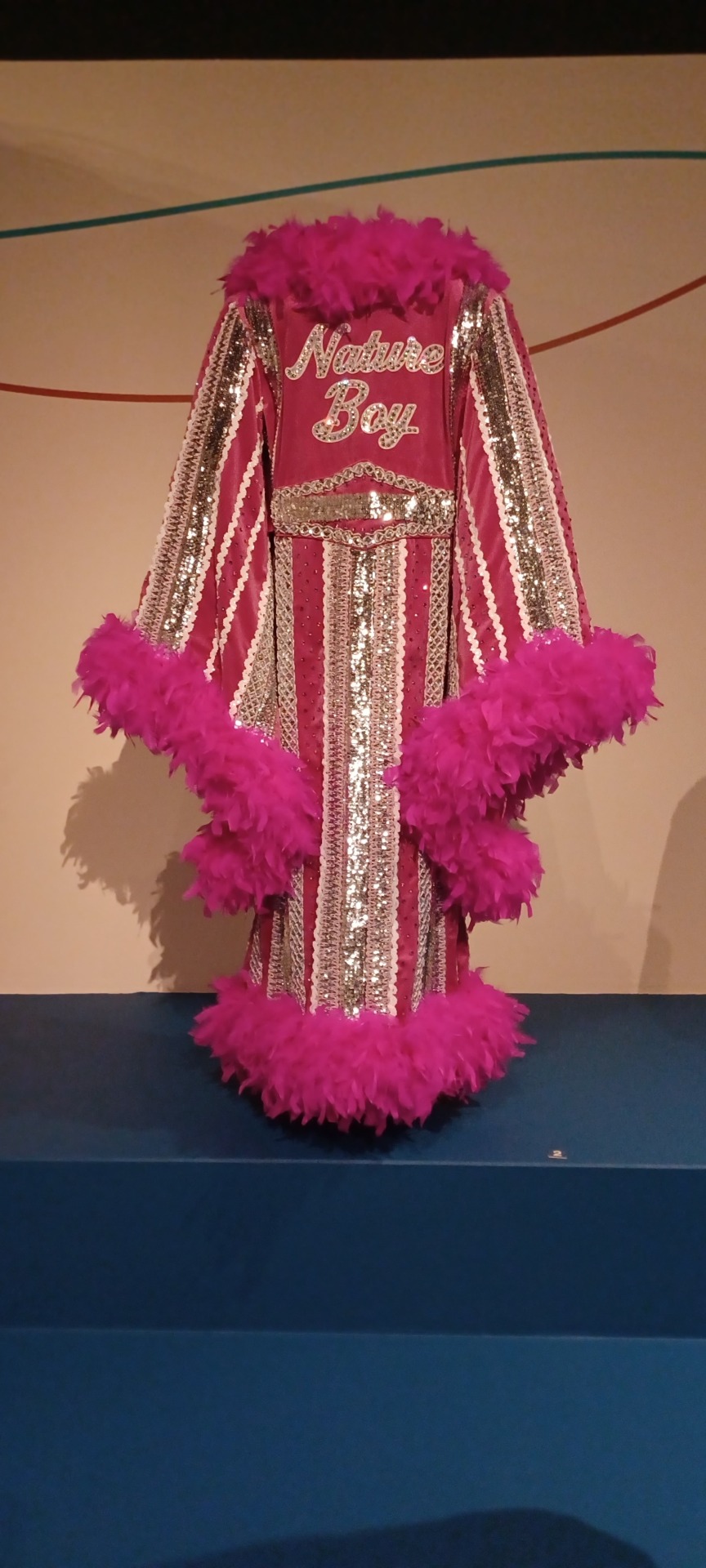
WONKA
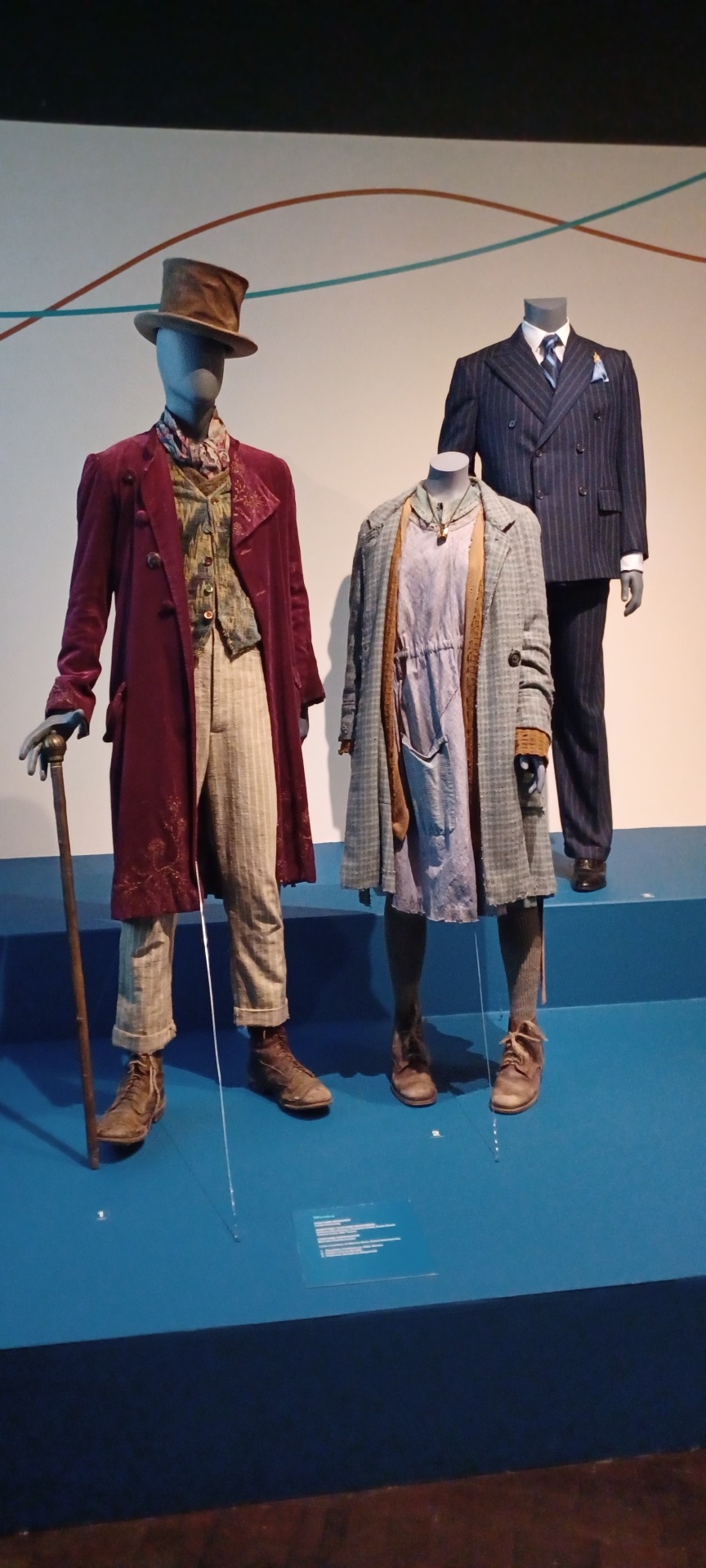
NAPOLEON



#barbenheimer#barbieheimer#barbie#barbie the movie#oppenheimer#saltburn#the iron claw#wonka#poor things#the color purple#costumes#movie costumes#fashion#napoleon#fidm#killers of the flower moon#kotfm#oliver quick#venetia catton#felix catton#bella baxter#duncan wedderburn
40 notes
·
View notes
Text
I feel like there's a direct correlation between the rise of fast fashion and the decline of period drama costume quality...
#aka I just saw that hideous gold dress for empress josephine in the new napoleon movie#and that god awful attempt at a worth gown for the gilded age#no one makes quality costumes anymore... 🥲#oh dangerous liaisons (1988) we're really in it now#artschoolrambles
61 notes
·
View notes
Text
This Jacket is worn in Night at the Museum: Battle of the Smithsonian (2009) Alain Chabat as Napoleon Bonaparte and worn again in War & Peace (2016) Mathieu Kassovitz as Napoleon Bonaparte


#recycled costumes#Museum: Battle of the Smithsonian#war and peace 2016#napoleon bonaparte#historical drama#period drama#costume drama#reused costume
14 notes
·
View notes
Text
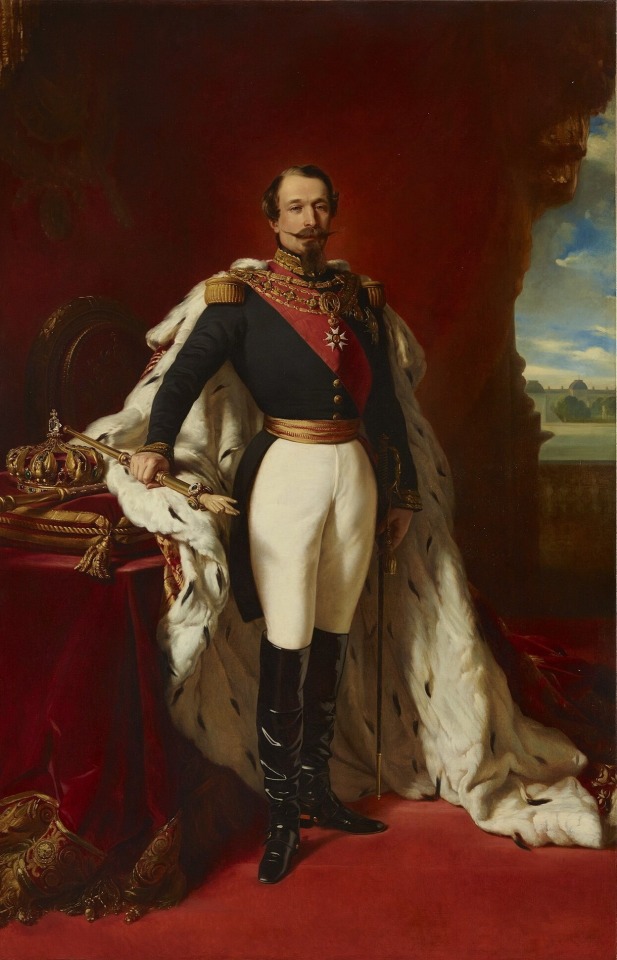
Portrait of Napoleon III, Emperor of the French, in Coronation Robes. After Franz Xaver Winterhalter.
#franz xaver winterhalter#coronation robes#napoleon iii#empereur#maison bonaparte#buonaparte#bonaparte#dynastie bonapsrte#official portrait#costume de sacre#full length portrait#empire français#french empire#full-length portrait
24 notes
·
View notes
Text
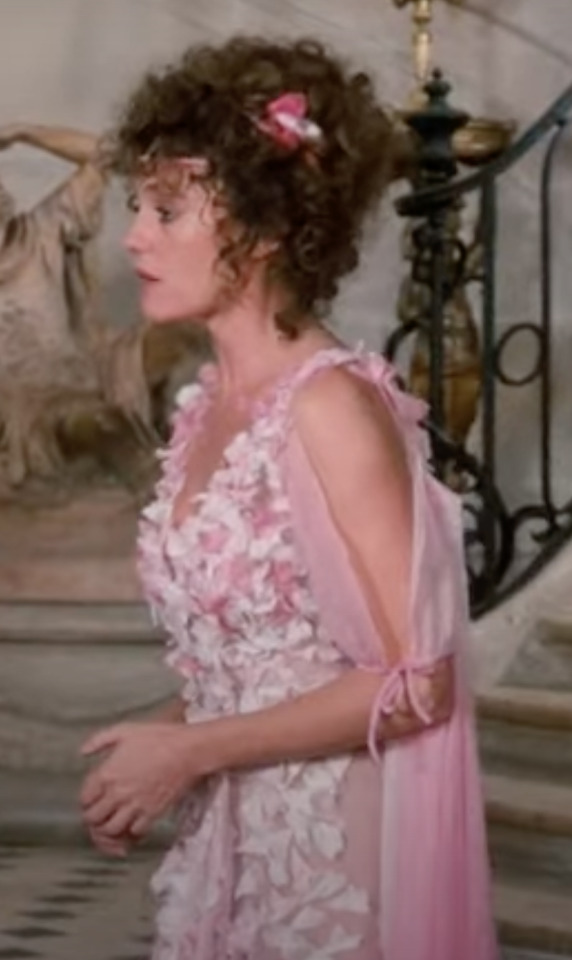

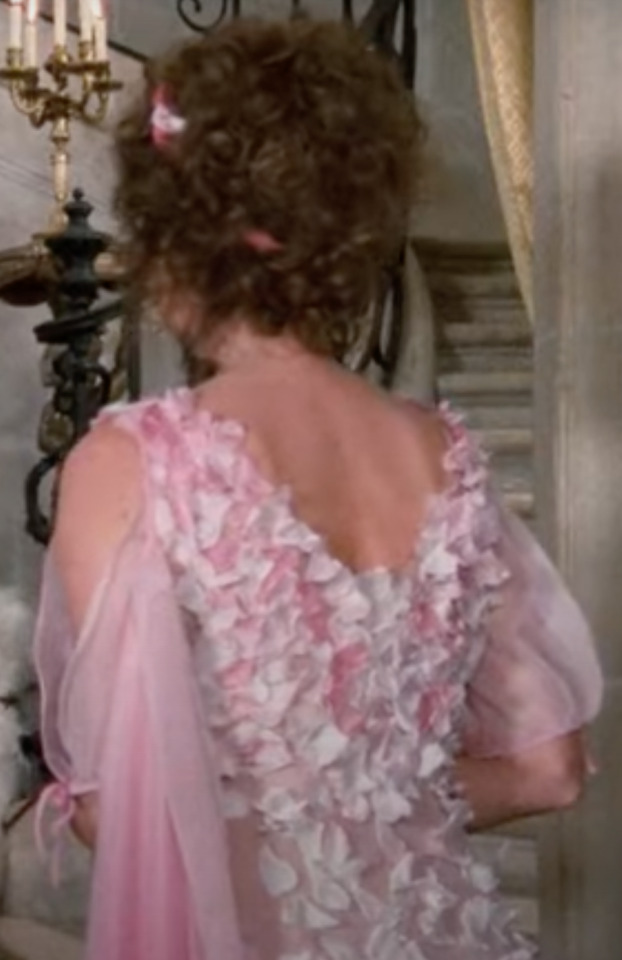

A moment of appreciation for this dress in Napoleon and Josephine: A Love Story (1987)!
#look the costumes may not be accurate but they are iconic#this dress in particular I love it so much#fashion#costume design#tv costumes#napoleonic#napoleonic era#josephine bonaparte#josephine de beauharnais#empress josephine#napoleon#napoleon and josephine
12 notes
·
View notes
Text
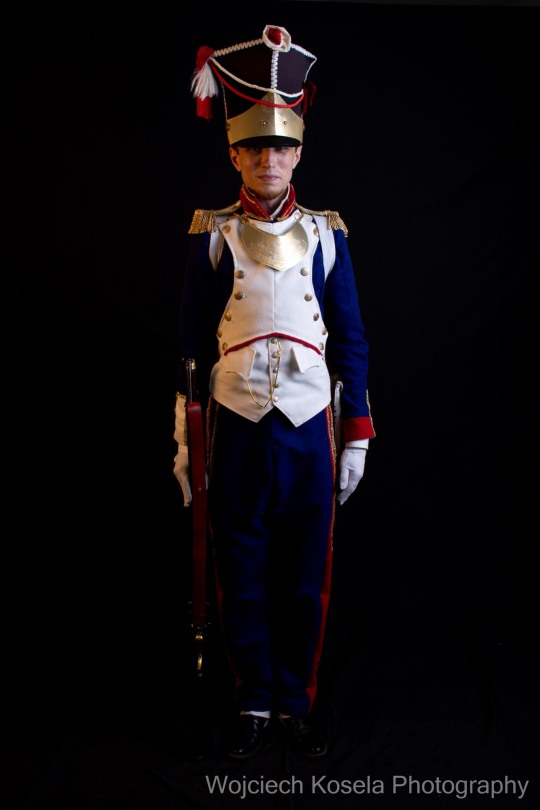
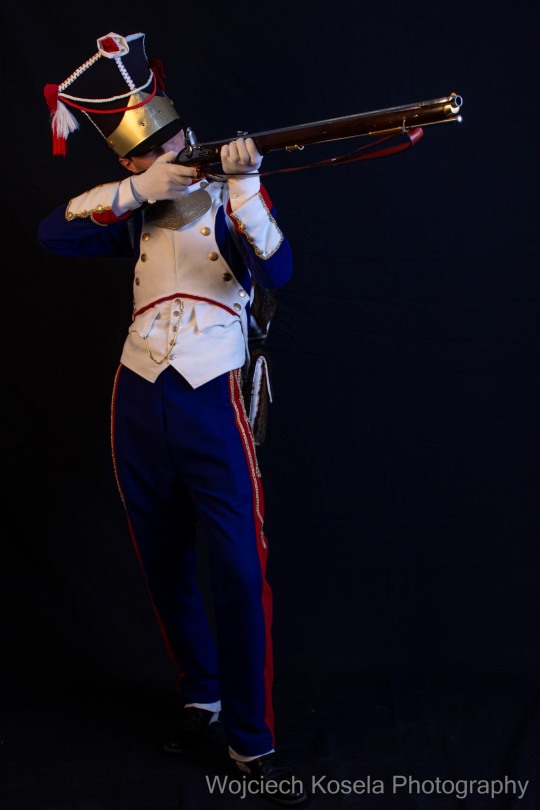

Voltigeur of Duchy of Warsaw cosplay at Pilcon 2023 photostudio
21 notes
·
View notes
Text
I'm reading more about matador costumes for research, and like, ethically and emotionally, I think bullfighting is pretty fucked, but god...everything about the aesthetic of it is unfortunately really sick
Also losing my mind about this:

Anyways, very obsessed w the level of detail and significance every part of costume has
#i love how that quote tho says 'citation needed'#who is in the bullfighter costume wiki page writing gay fanfic#i saw pics of it tho for like photoshoots and im unwell abt it#you know what im thinking 🤭#also unfortunately i think the pics where their costumes are soaked in blood and kinda ripped are ...hot 🫠#i like that they wear bright pink socks 🥰#ugh god tho this is like researching 18th century clothing and napoleonic uniforms again#i download a bunch of ref pics and get obsessed w the idea of it#and them realize how complicated it is to draw#also gotta say.#part of the reason i wanna draw this is bcs in the leyendecker book i have +#there's this one little section of his sketches for an ad with a bullfighter#and i just rly enamored with it so! yeah :)#catie.rambling.txt
10 notes
·
View notes
Photo
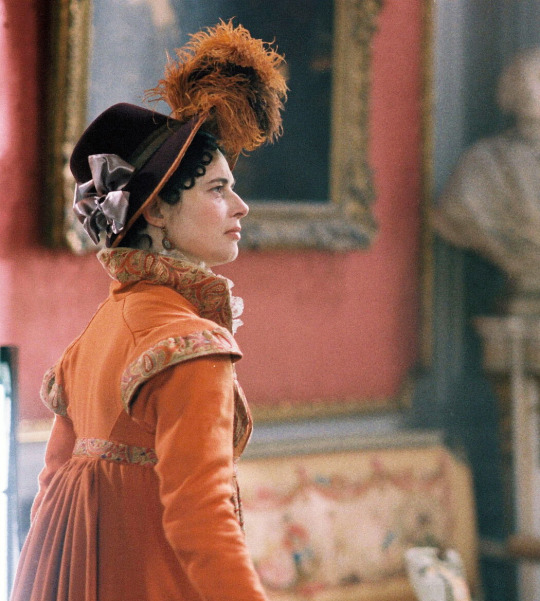
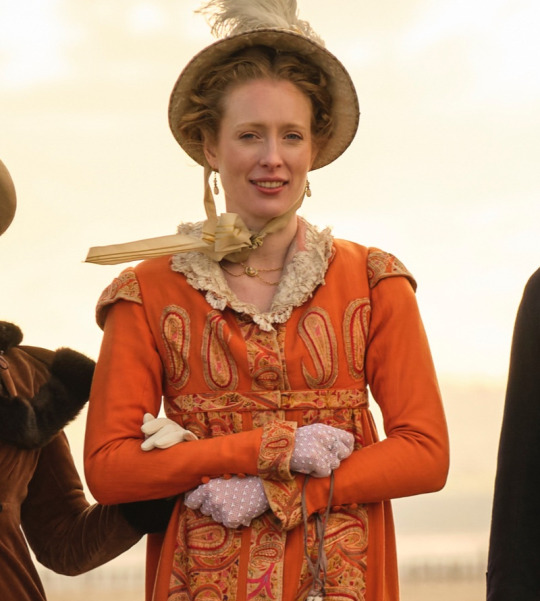
After an estimated hiatus of 20 years, this show-stopper of a minium colored pelisse with paisley appliqués, first seen on none other than Isabella Rossellini as Josephine Bonaparte in 2002’s Napolèon entered British shores on Alice Orr-Ewing as Lydia Montrose in the third season of Sanditon.
Costume Credit: carsNcors
Follow: Website | Twitter | Facebook | Pinterest | Instagram
#Isabella Rossellini#Josephine Bonaparte#napoleon#Alice Orr-Ewing#Lydia Montrose#sanditon#costume drama#period drama
246 notes
·
View notes
Text
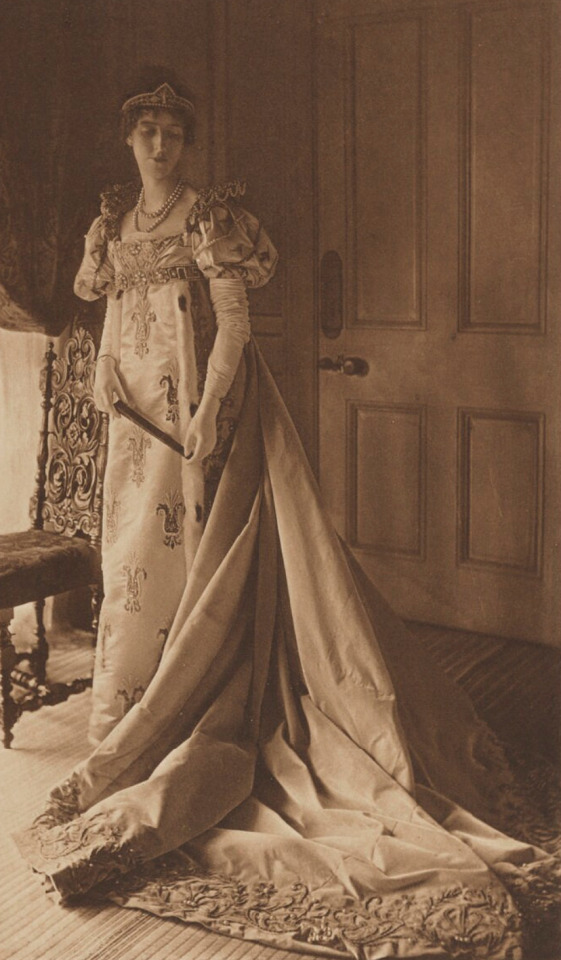
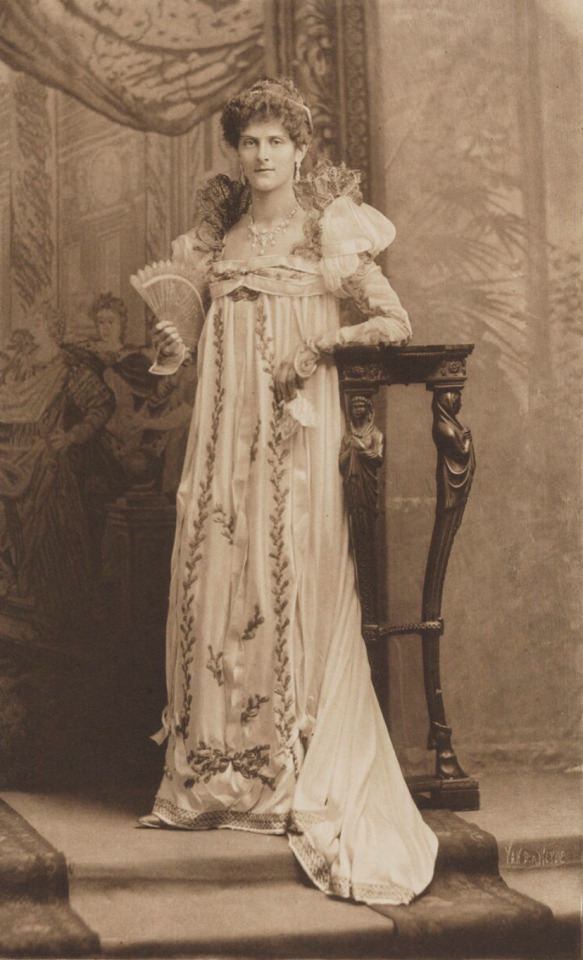
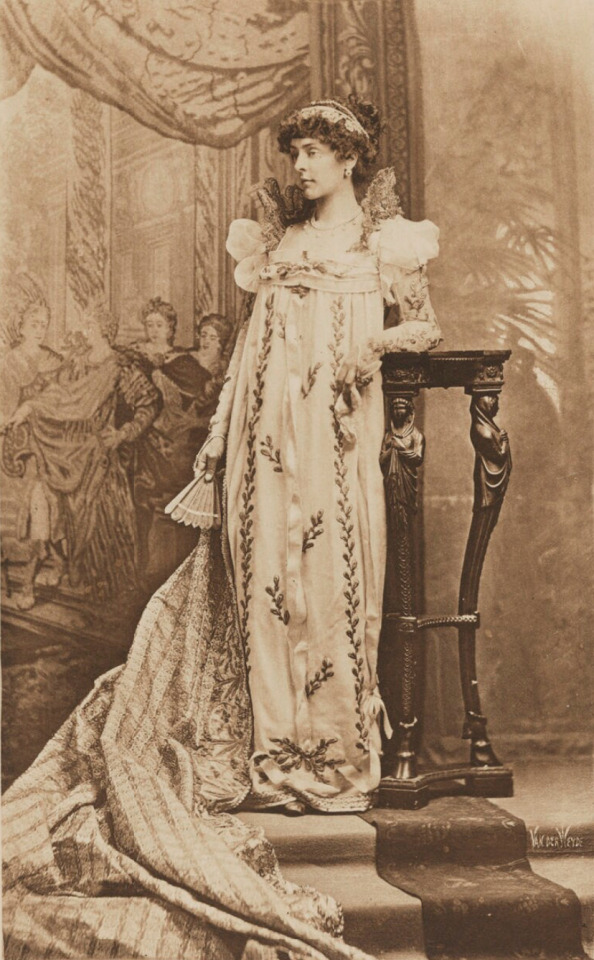

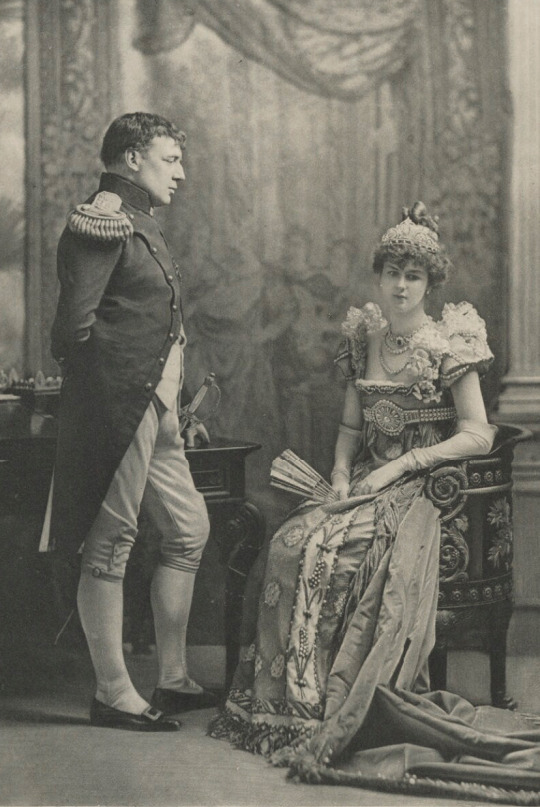

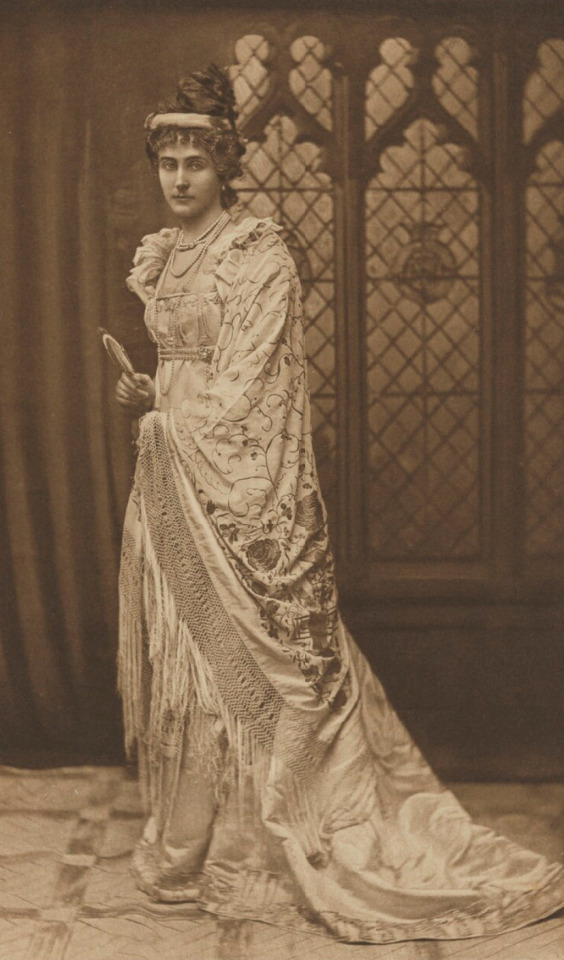

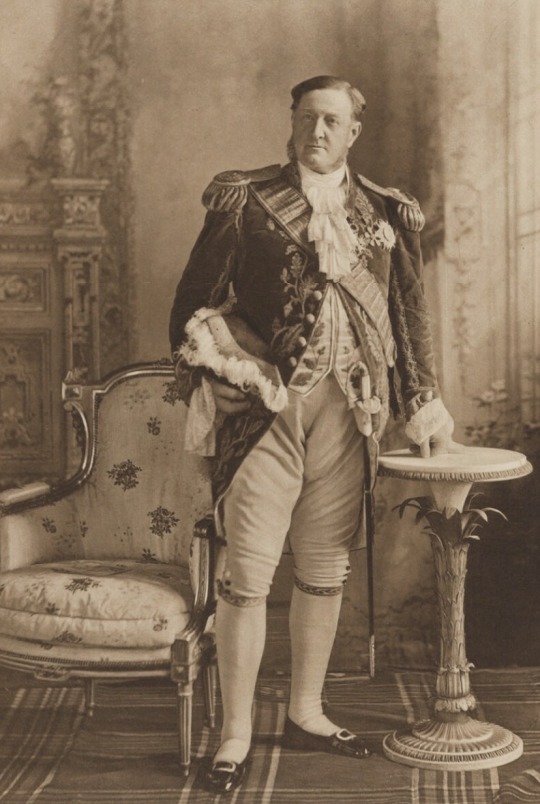

Costumes of Napoleonic figures at the Devonshire House Ball of 1897
1. Aileen May (née Wyndham-Quin), Countess of Meath as Hortense de Beauharnais, Queen of Holland
2. Princess of Löwenstein-Wertheim-Rosenberg (née Countess Josephine Kinsky) as Princess Pauline Bonaparte Borghese
3. Thérèse (née Kinsky), Countess Clary-Aldringen as Caroline Bonaparte Murat, Queen of Naples
4. Florence Anne (née Cole), Lady Delamere as Hortense de Beauharnais
5. Sir Charles Edward Cradock-Hartopp, 5th Bt as Napoleon I; Millicent Florence Eleanor (née Wilson), Lady Cradock-Hartopp (later Countess Cowley and Mrs Duberly) as the Empress Josephine
6. Lord Arthur Vincent Hay; William George Montagu Hay, 11th Marquess of Tweeddale; Candida Louise, Marchioness of Tweeddale as the Empress Josephine
7. Kathleen (née Douglas-Pennant), Viscountess Falmouth as Madame Recamier
8. Maria Henrietta Sophia Chaine (née Phipps) as Madame Sans Gêne
9. Henry Chaplin, 1st Viscount Chaplin as Marshal Lefevre
10. Catherine Dorothea Mary Grosvenor (née Simeon) as Marie Louise
#Devonshire House Ball of 1897#Devonshire Ball of 1897#ball#1890s#1897#napoleonic era#napoleonic#napoleon bonaparte#first french empire#french empire#Hortense de Beauharnais#pauline bonaparte#Caroline Bonaparte#josephine bonaparte#Marie Louise#Madame Recamier#Marshal Lefevre#costumes#costume#fashion history#historical fashion#Napoleon#Madame Sans Gêne#19th century#france#history#Devonshire#England#empire#empire style
92 notes
·
View notes
Text
Most Admired
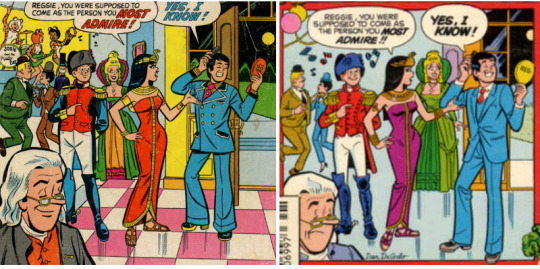
I hasten to go over what the heck everyone's "most admired" figure is. Only Veronica as Cleopatra makes fullest intuitive sense. It is weird enough that Jughead goes with Benjamin Franklin instead of -- oh -- he was name dropping Colonel Sanders in this century, but at least there is some decency there. Also weird Betty is Marie Antoinette -- but I guess there exists class envy. Moose and Midge are... Bonnie and Clyde or Laurel and Hardy? That can't be right? Finally -- Archie is... Napoleon. Huh. Did not know he was that ambitious.
#Archie Comics#Archie Andrews#Veronica Lodge#Betty Cooper#Reggie Mantle#Jughead#Moose Mason#Midge Klump#Josie and the Pussycats#Costume party#Napoleon Bonaparte#Marie Antoinette#Cleopatra#Benjamin Franklin#Stan Goldberg#1974#Dan Decarlo#1982
41 notes
·
View notes
Text
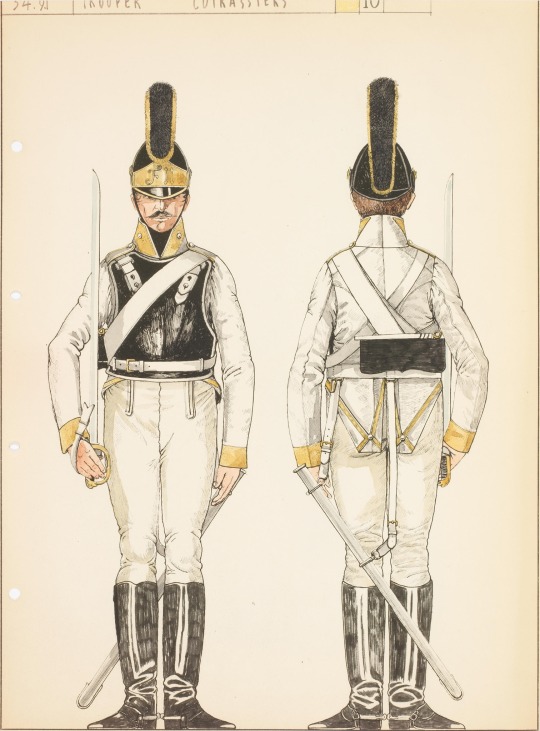
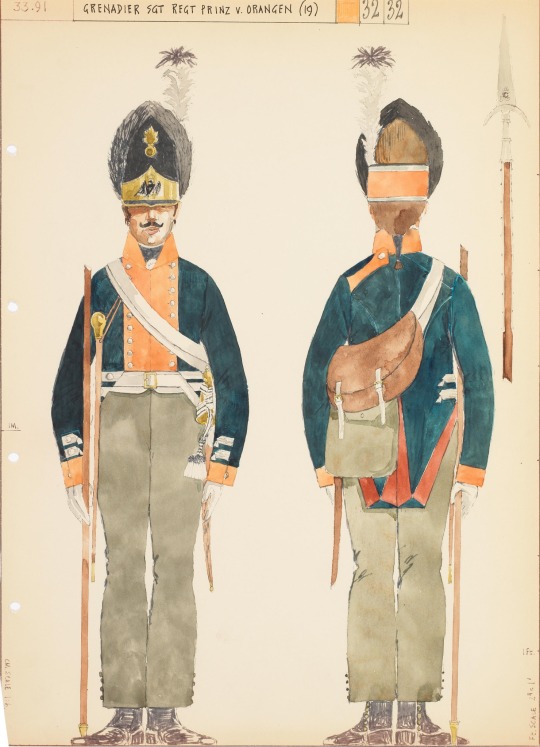

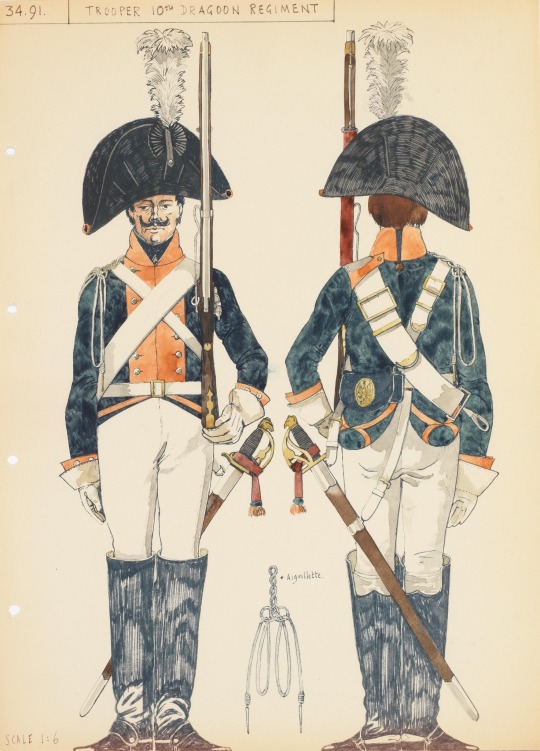
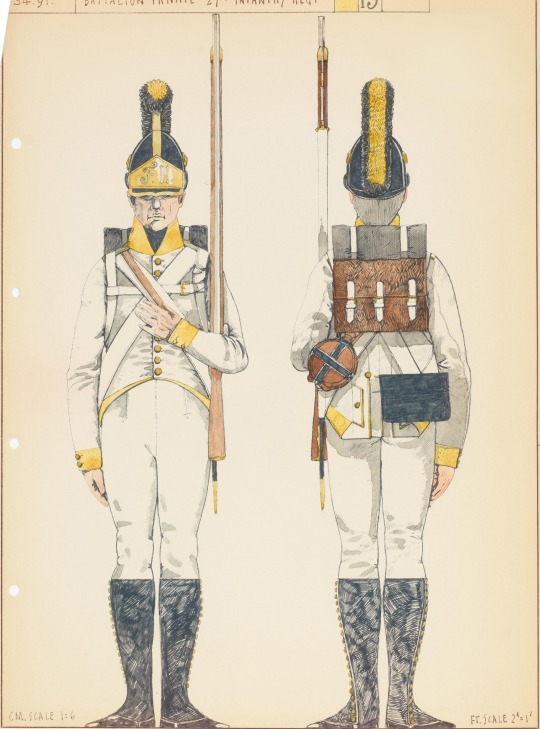
John Mollo “Napoleon” Costume Design for Stanley Kubrick's unfinished production
Source
14 notes
·
View notes
Photo
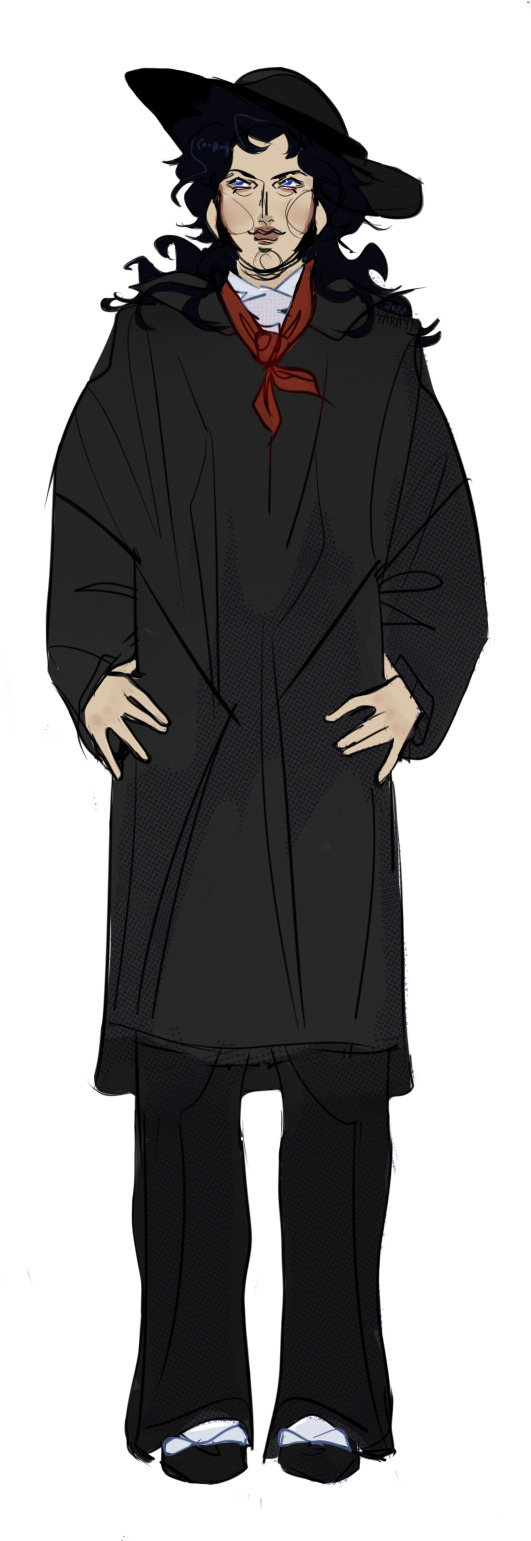
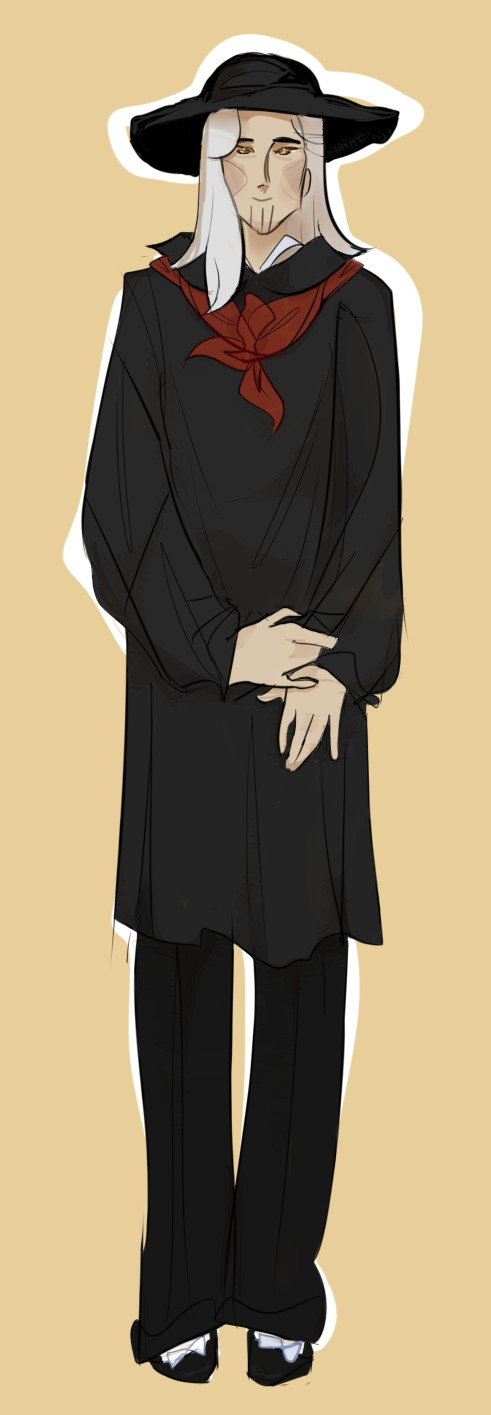
Murat and Bessieres in traditional Gascon costumes
#i hope these are really traditional Gascon costumes.......#Lannes didn't come to the traditional festival#maybe he'll come later#napoleon's marshals#joachim murat#jean-baptiste bessières
50 notes
·
View notes
Photo


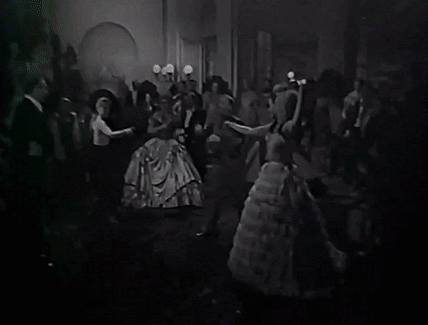


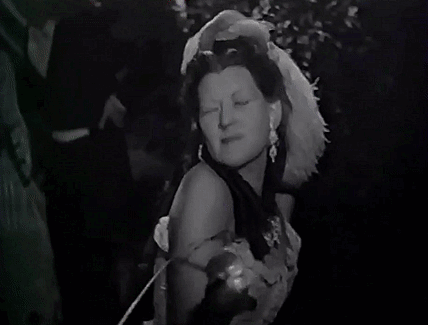
Edwige Feuillère and Monique Joyce duel in MAM’ZELLE BONAPARTE (1942)
#don't let the gifset fool you this scene lasts like 10 seconds tops and that's it#despite a ton of posters back then advertising this scene as the climax lmao#like my ex the film was overall a total anticlimax#however.#i cannot say no to some homoerotic swordfighting#i think the scene would have been more interesting if they became lovers afterward but alas#also i thought the costumes were beautiful#duel#you look at the posters that depict this scene and tell me they weren't trying to imply some sapphic undertones lmao#mam'zelle bonaparte (1942)#edwige feuillère#cora pearl#monique joyce#lucy de kaula#costume drama#period drama#napoleon iii#19th century#vintage#film#movie#noir et blanc#also this film was made during the german occupation of france so#it does sorta make sense that it wasn't an overwhelming success#edwige was asked about this film later in life and was basically like 'I am NOT talking about that film!! Terrible memories! Everything was#horrible! No no no no NO!'#i'm paraphrasing but she did yell and it was all negative#femmes#if edwige had to duel me i'd simply let her win and get on my knees immediately lol but that's just me--
50 notes
·
View notes
Text
"VANITY FAIR" (2018) Review
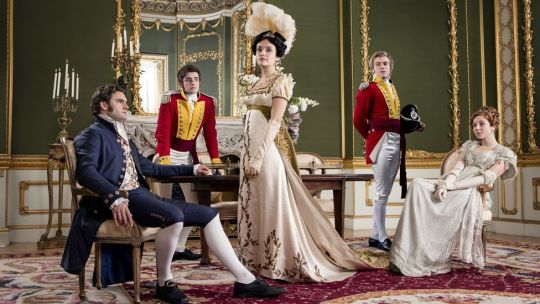
“VANITY FAIR” (2018) Review
When I had first heard that the ITV channel and Amazon Studios had plans to adapt William Makepeace Thackeray’s 1848 novel, “Vanity Fair”, I must admit that I felt no interest in watching the miniseries. After all, I had already seen four other adaptations, including the BBC’s 1987 production. And I regard the latter as the best version of Thackeray’s novel I had ever seen.
In the end, my curiosity got the best of me and I decided to watch the seven-part miniseries. In a nutshell, "VANITY FAIR" followed the experiences of Rebecca "Becky" Sharp, the social climbing daughter of an English not-so-successful painter and a French dancer in late Georgian England during and after the Napoleonic Wars. The production also told the story of Becky's school friend and daughter of a wealthy merchant, Amelia Sedley. The story begins with both young women leaving Miss Pinkerton’s Academy for Young Ladies. Becky managed to procure a position as governess to Sir Pitt Crawley, a slightly crude yet friendly baronet. Before leaving for her new position, Becky visits Amelia's family. She tries to seduce Jos Sedley, Amelia's wealthy brother and East India Company civil servant. Unfortunately George Osborne, a friend of Jos and son of another wealthy merchant, puts a stop to the budding romance.
While working for the Crawleys, Becky meets and falls in love with Sir Pitt’s younger son, Captain Rawdon Crawley. When Sir Pitt proposes marriage to Becky, she shocks the family with news of her secret marriage to Rawdon. The couple becomes ostracized and ends up living in London on Rawdon’s military pay and gambling winnings. They also become reacquainted with Amelia Sedley, who has her own problems. When her father loses his fortune, George's own father insists that he dump Amelia and marry a Jamaican heiress. George refuses to do so and thanks to his friend William Dobbin's urging, marries Amelia. Mr. Osborne ends up disinheriting George. However, the romantic lives of Becky and Amelia take a backseat when history overtakes them and their husbands with the return of Napoleon Bonaparte.
I wish I could say that the 2018 miniseries was the best adaptation of Thackery's novel I had seen. But it is not. The production had its . . . flaws. One, I disliked its use of the song "All Along the Watchtower" in each episode's opening credits and other rock and pop tunes during the episodes' closing credits. They felt so out of place in the miniseries' production. Yes, I realize that a growing number of period dramas have doing the same. And quite frankly, I detest it. This scenario barely worked in the 2006 movie, "MARIE ANTOINETTE". Now, this use of pop tunes in period dramas strike me as awkward, ham-fisted, unoriginal and lazy.
I also noticed that producer and screenwriter Gwyneth Hughes threw out the younger Pitt Crawley character (Becky's brother-in-law), kept the Bute Crawley character and transformed him from Becky Sharp's weak and unlikable uncle-in-law into her brother-in-law. Hughes did the same with the Lady Jane Crawley and Martha Crawley characters. She tossed aside the Lady Jane character and transformed Martha from Becky's aunt-in-law to sister-in-law. Frankly, I did not care for this. I just could not see characters like Bute and Martha suddenly become sympathetic guardians for Becky and Rawdon's son in the end. It just did not work for me. I have one last problem with "VANITY FAIR", but I will get to it later.
I may not regard "VANITY FAIR" as the best adaptation of Thackery's novel, I cannot deny that it is first-rate. Gwyneth Hughes and director James Strong did an excellent job of bringing the 1848 novel to life on the television screen. Because this adaptation was conveyed in seven episodes, both Hughes and Strong were given the opportunity retell Thackery's saga without taking too many shortcuts. The miniseries replayed Becky Sharp's experiences with the Sedley family, George Osbourne, and the Crawley family in great detail. I was especially impressed by the miniseries' recount of Becky and Amelia's experiences during the Waterloo campaign - which is the story's true high point, as far as I am concerned. Also, this adaptation had conveyed George's experiences during Waterloo with more detail than any other adaptation I have seen.
Aside from the Waterloo sequence, there were other scenes that greatly impressed me. I really enjoyed those scenes that featured the famous Duchess of Richmond's ball in the fourth episode, "In Which Becky Joins Her Regiment"; Becky's attempts to woo Jos Sedley in the first episode, "Miss Sharp In The Presence Of The Enemy"; the revelation of Becky's marriage to Rawdon Crawley in "A Quarrel About An Heiress"; and her revelation to Amelia about the truth regarding George in the final episode, "Endings and Beginnings". There were people who were put off that the series did not end exactly how the novel did - namely the death of Jos, with whom Becky had hooked up in the end. I have to be honest . . . that did not bother me. However, I was amused that Becky's last line in the miniseries seemed to hint that Jos' death might be a possibility in the near future.
The production values for "VANITY FAIR" struck me as quite beautiful. I thought Anna Pritchard's production designs did an excellent job in re-creating both London, the English countryside, Belgium, Germany, India and West Africa between the Regency era and the early 1830s. Not only did I find the miniseries' production values beautiful, but also Ed Rutherford's cinematography. His images struck me as not only beautiful, but sharp and colorful. I would not say that Lucinda Wright and Suzie Harman's costume designs blew my mind. But I cannot deny that I found them rather attractive and serviceable for the narrative's setting.
One of the production's real virtues proved to be a very talented cast. "VANITY FAIR" featured some solid performances from it supporting players. Well . . . I would say more than solid. I found the performances of Robert Pugh, Peter Wight, Suranne Jones, Claire Skinner, Mathew Baynton, Sian Clifford, Monica Dolan, and Elizabeth Berrington to be more than solid. In fact, I would say they gave excellent performances. But they were not alone.
Michael Palin, whom I have not seen in a movie or television production in years, gave an amusing narration in each episode as the story's author William Makepeace Thackeray. Ellie Kendrick gave a very poignant performance as Jane Osborne, who seemed to be caught between her loyalty to her bitter father and her long-suffering sister-in-law. Simon Beale Russell gave a superb, yet ambiguous portrayal of the warm and indulgent John Sedley, who also had a habit of infantilizing his family. Frances de la Tour was deliciously hilarious and entertaining as Becky Sharp's aunt-in-law and benefactress Lady Matilda Crawley. I could also say the same about Martin Clunes, who gave a very funny performance as the crude, yet lively Sir Pitt Crawley. One last funny performance came from David Fynn, who gave an excellent portrayal of the vain, yet clumsy civil servant, Jos Sedley. Anthony Head gave a skillful performance as the cynical and debauched Lord Styne. I thought Charlie Rowe was superb as the self-involved and arrogant George Osborne. Rowe, whom I recalled as a child actor, practically oozed charm, arrogance and a false sense of superiority in his performance as the shallow George.
I have only seen Johnny Flynn in two roles - including the role of William Dobbin in this production. After seeing "VANITY FAIR", it seemed that the William Dobbin role seemed tailored fit for him. He gave an excellent performance as the stalwart Army officer who endured years of unrequited love toward Amelia Sedley. Tom Bateman was equally excellent as the charming, yet slightly dense Rawdon Crawley. At first, I thought Bateman would portray Rawdon as this dashing, yet self-confident Army officer. But thanks to his performance, the actor gradually revealed that underneath all that glamour and dash was a man who was not as intelligent as he originally seemed to be. Amelia Sedley has never been a favorite character of mine. Her intense worship of the shallow George has always struck me as irritating. Thanks to Claudia Jessie's excellent performance, I not only saw Amelia as irritating as usual, but also sympathetic for once.
Television critics had lavished a great deal of praise upon Olivia Cooke as the sharp-witted and manipulative Becky Sharp. In fact, many have labeled her performance as one of the best versions of that character. And honestly? I have to agree. Cooke was more than superb . . . she was triumphant as the cynical governess who used her charms and wit in an attempt to climb the social ladder of late Georgian Britain. I would not claim that Cooke was the best on-screen Becky I have seen, but she was certainly one of the better ones. I have only one minor complaint - I found her portrayal of Becky as a poor parent to her only son rather strident. Becky has always struck me as a cold mother to Rawdon Junior. But instead of cold, Cooke's Becky seemed to scream in anger every time she was near the boy. I found this heavy-handed and I suspect the real perpetrator behind this was either screenwriter Gwyneth Hughes or director James Strong.
I have a few complaints about "VANITY FAIR". I will not deny it. But I also cannot deny that despite its few flaws, I thought it was an excellent adaptation of William Makepeace Thackeray's novel. Actually, I believe it is one of the better adaptations. "VANITY FAIR" is also one of the best period dramas I have seen from British television in a LONG TIME. And I mean a long time. Most period dramas I have seen in the past decade were either mediocre or somewhere between mediocre and excellent. "VANITY FAIR" is one of the first that has led me to really take notice in years. And I have to credit Gwyneth Hughes' writing, James Strong's direction and especially the superb performances from a first-rate cast led by Olivia Cooke. It would be nice to see more period dramas of this quality in the near future.

#vanity fair#william makepeace thackeray#michael palin#olivia cooke#tom bateman#johnny flynn#claudia jessie#james strong#anthony stewart head#charlie rowe#ellie kendrick#napoleonic wars#period drama#period dramas#costume drama#suranne jones#history#frances de la tour#simon beale russell#martin clunes#elizabeth barrington#monica dolan#david flynn#claire skinner#sian clifford#robert pugh#martin baynton#richie campbell
9 notes
·
View notes